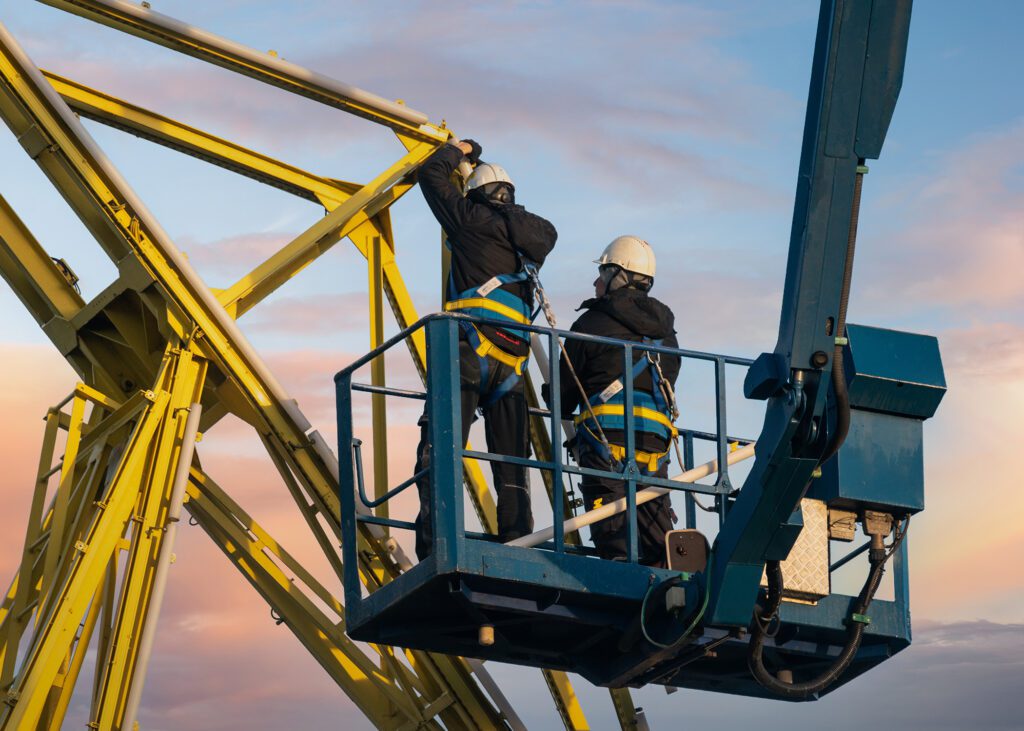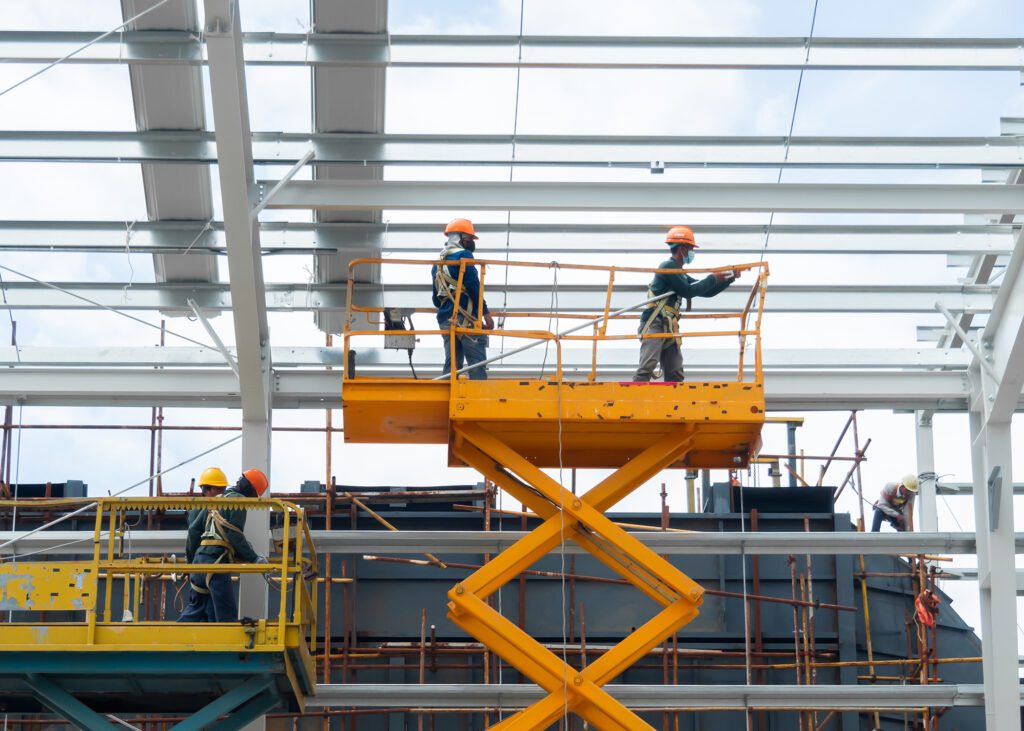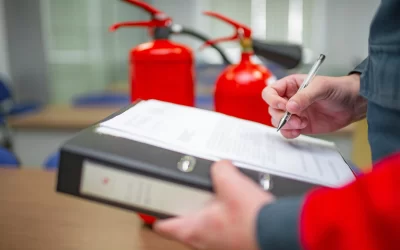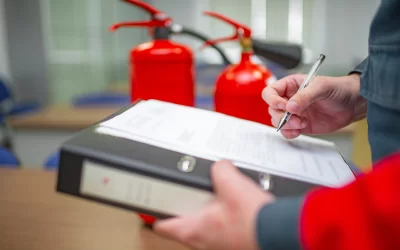
Table of Contents
Mobile Elevating Work Platforms (MEWPs) and British Construction Safety Regulations
Introduction
Mobile Elevating Work Platforms (MEWPs), also known as Aerial Work Platforms (AWPs), are indispensable in the construction industry for tasks at various heights. These mobile elevated work platforms are crucial for providing temporary access to elevated platforms, enhancing safety and efficiency. The adoption of mobile elevated work platform technology has transformed the way elevated tasks are performed, ensuring that workers have a dependable and secure platform for their operations.
However, an often overlooked yet significant aspect that critically impacts ground stability and MEWP safety on construction sites is the ground conditions. This guide explores this essential factor, offering insights into its importance and the responsibility of the main contractor in ensuring a suitable ground bearing capacity for the stable operation of MEWPs.
Understanding MEWPs and Ground Conditions
Every MEWP, whether free on wheels or requiring levelling jacks or outriggers, relies on the soil conditions to maintain platform stability. Stabilizers are vital in mitigating risks and guaranteeing the safety of the operators.
The Risks of Poor Ground Conditions
Poor ground conditions can lead to MEWPs tipping over when transitioning from hard to soft ground, becoming bogged down on wet ground, or encountering weak soils, leading to recovery costs, production delays, and compromised stability. It’s vital to conduct ground surveys and assess ground conditions before travelling, using, or setting up MEWPs on any surface, particularly in the aftermath of recent rain or on uneven terrain.
The Importance of Ground Assessment
Ground conditions must be meticulously evaluated for all MEWPs. Regular checks and adjustments to outriggers are necessary if there’s a change in soil moisture or load bearing capacity, and spreader plates may be required to ensure proper weight distribution.risk of sinking.
The Role of the Main Contractor
The main contractor is tasked with preparing the hard ground within the building’s footprint, especially during erection works and when installing steelwork for building structures. Ensuring solid ground conditions becomes a pivotal part of their job responsibilities on the construction site.
The Temporary Works Engineer
Load charts for MEWPs should be carefully reviewed by the temporary works engineer as part of the comprehensive mewp risk assessment process, which is essential for site planning. Their involvement in assessing ground conditions is crucial for the safe operation of MEWPs, as illustrated in a mewp risk assessment example or detailed mewp risk assessment pdf.
Planning and Preparation
Thorough planning and comprehensive risk assessments are crucial for ensuring workplace safety. This includes proper work sequencing and enhancing pedestrian protection measures to maintain a secure environment for all.
Selection of Appropriate Machinery
Selecting a MEWP with the right operating characteristics is essential for safety and efficiency. Equipment selection should be based on the machine specifications and adhere to the manufacturer’s instructions, while also ensuring that operators undergo comprehensive operator training.
Training and Competency in Compliance with IPAF Standards
- IPAF Training: Operators must undergo IPAF training to meet British industry standards, ensuring they have the skills necessary for safely operating MEWPs.
- IPAF+ Training for Steel Erectors: For those in construction and steel erection, IPAF+ training is essential to handle MEWPs safely in these specific environments.
Supervision and Monitoring
Effective supervision and diligent MEWP training are paramount for the safe operation of MEWPs. Supervisors must be well-informed and proactive in managing activities to maintain safety standards.safe system of works (SSW).
Emergency Planning and Drills
A robust rescue planning strategy, equipped with reliable fall protection systems, is vital for handling emergencies during MEWP operations, ensuring a swift and secure response as part of comprehensive emergency plans.
Conclusion
While MEWPs enhance safety and efficiency, their operation involves inherent risks, particularly regarding ground conditions. A collective effort involving the main contractor, temporary works engineer, and supervisors is required, all supported by thorough planning, machinery selection, and ongoing training and competency evaluations in compliance with British regulations and building codes.

The International Powered Access Federation (IPAF)
Health and Safety Executive (HSE) – Working at height
British Standards Institution (BSI)
-
TWForum Guidance


0 Comments